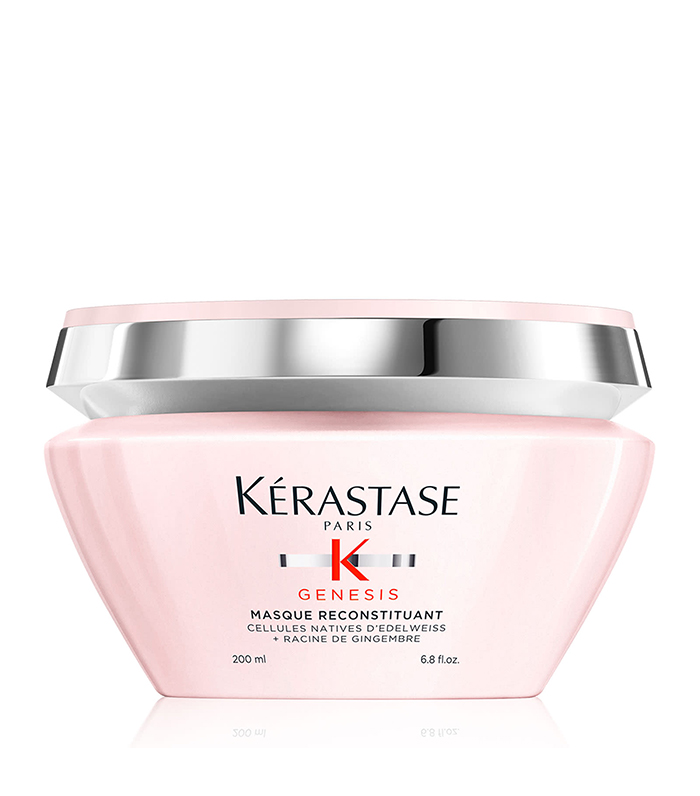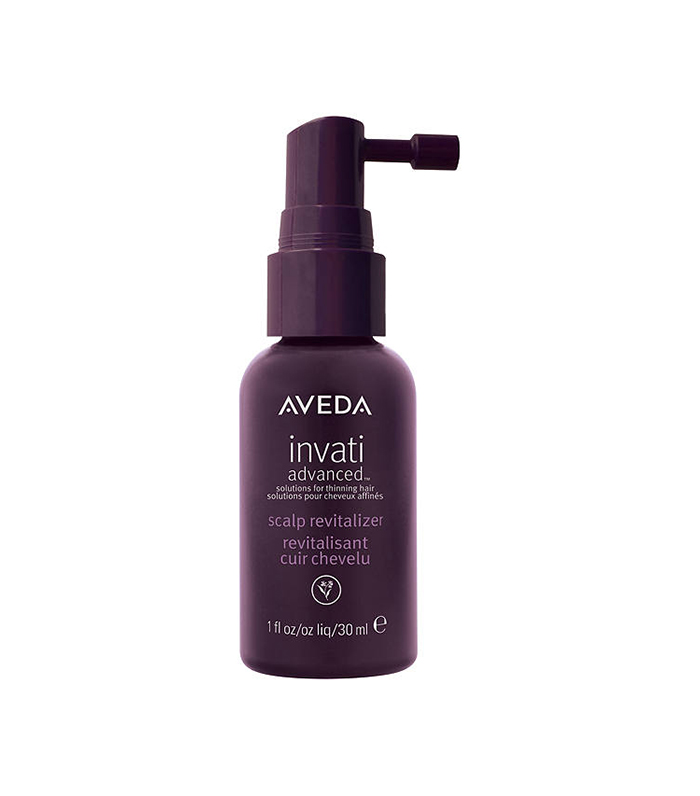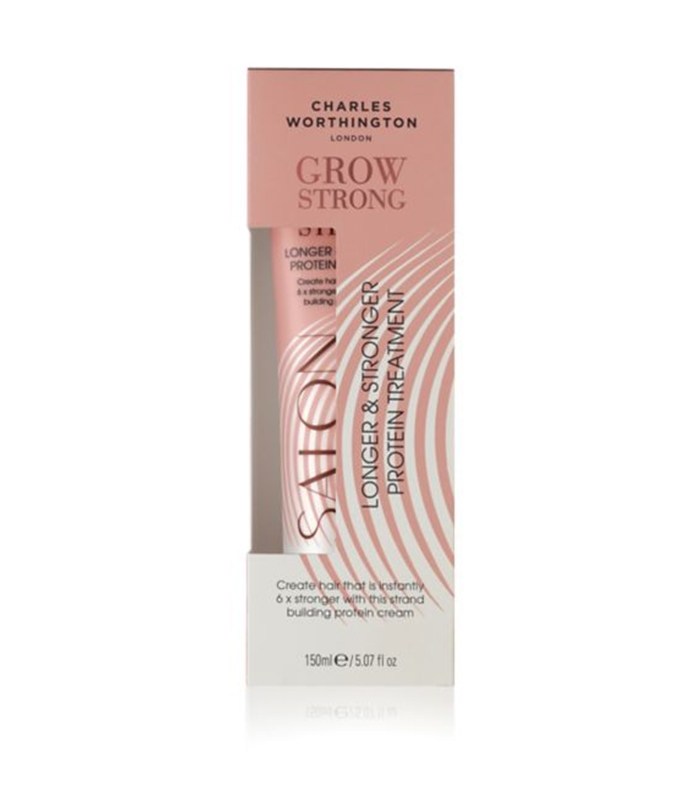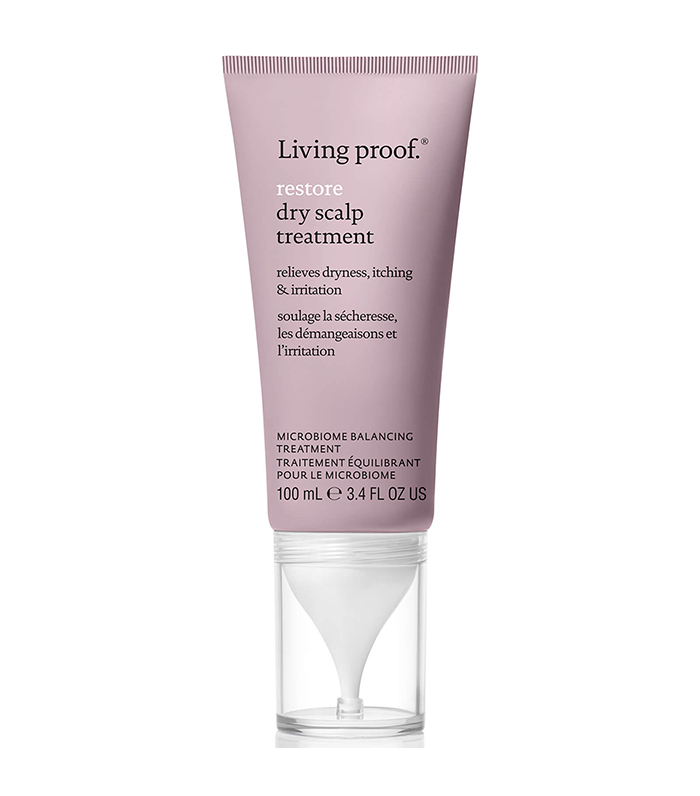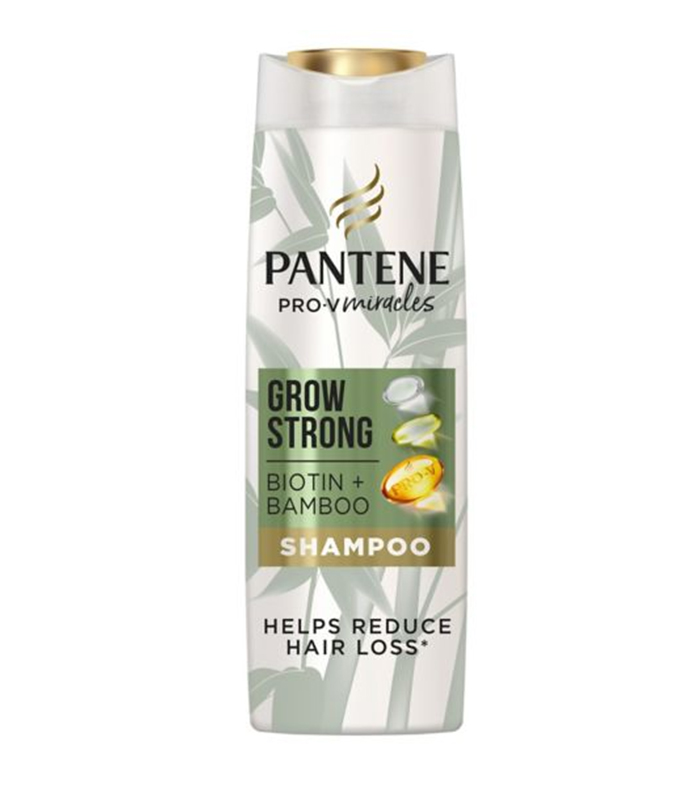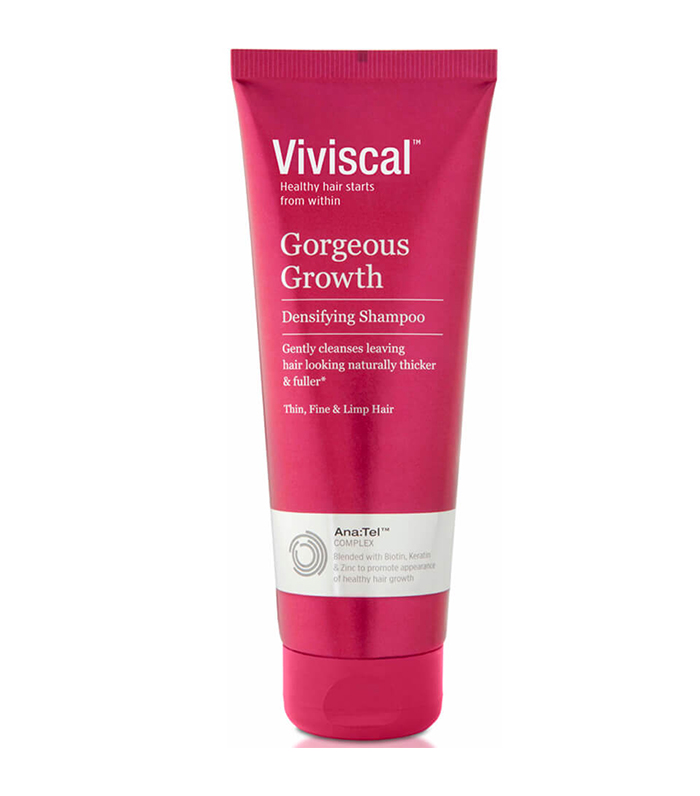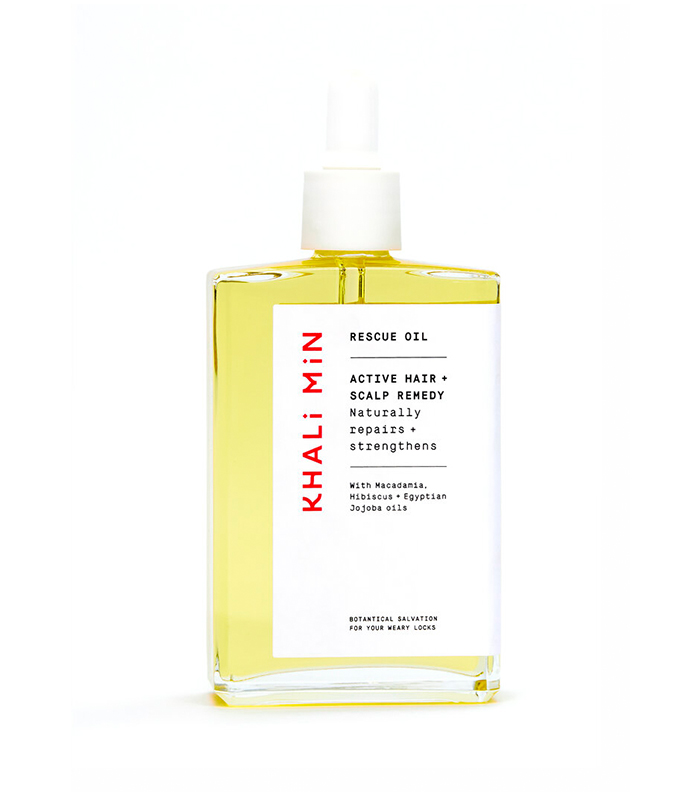Experiencing Hair Fallout? This Is Everything You Need to Know

We all know the feeling: Upon stepping out of the shower, you turn around and are faced with a rather scary cobweb of human hair. Your hair, to be precise. It is these moments that make you wonder just how much hair fallout should be considered normal. Some days, the amount of hair in the bottom of the shower is enough to have you Googling scalp issues, while other times, you barely need to clear the plughole at all.
The truth is that everyone's hair naturally falls out to some extent. However, an increase in the amount of hair that ends up in your hairbrush, on your pillow or on the shower floor can prove quite worrying. In fact, hair fallout is considered one of the leading hair concerns among women. So what’s the deal? Why do some people suffer from increased hair fallout and thin hair while others boast thick, healthy hair all year round? And perhaps most importantly, what can be done to help promote hair growth? From common causes to the best products out there, keep scrolling for everything you need to know about increased hair fallout and hair loss.
What Are the Main Causes?
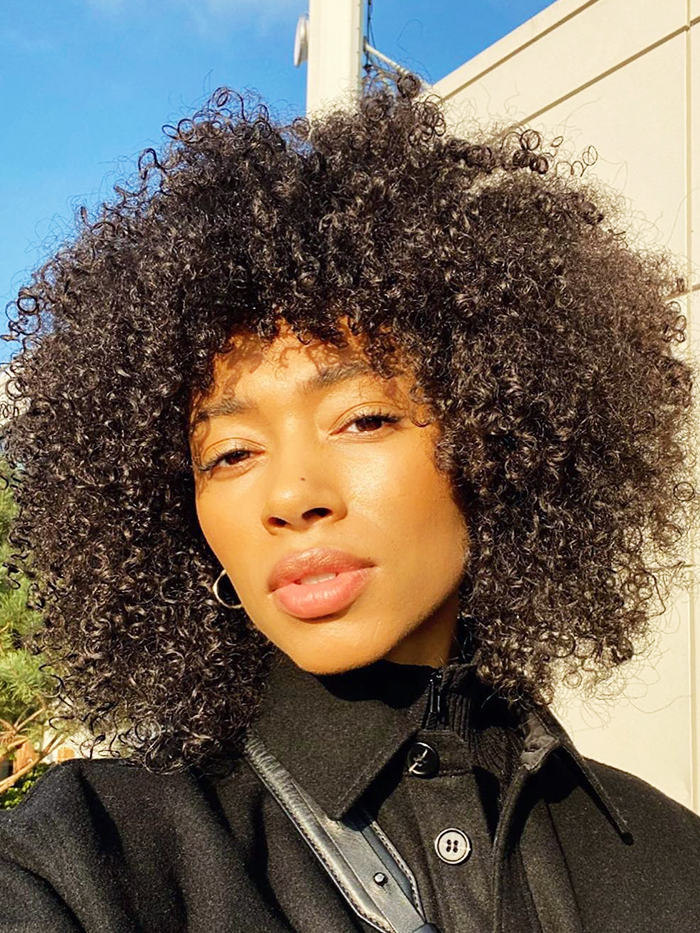
Just like our skin, our hair can be a good representation of our overall health. If you’re feeling rundown, it’s likely not a coincidence that your hair is looking a little drab. Kérastase Scientific Advisor Atoshi George explains, "Factors like stress, lack of sleep, diet, health conditions and medication can all affect the appearance of your hair by sending the hair prematurely out of the growth phase into the resting phase, as well as causing the natural structure of the hair to weaken during its formation period.” And essentially, it all comes down to hormones. "Growth and regeneration in the body are controlled by a complex balance of hormones and some hormones have a more direct effect on the hair. These can be caused by extrinsic factors like stress and diet or intrinsic factors like ageing and genetics,” adds George.
Beyond lifestyle factors, however, comes how we actually look after the hair we already have. It turns out that the stresses that we put our hair under can have a dramatic impact on exactly how long it sticks around for. "Activities like bleaching, colouring and heat styling your hair have a marked effect on its internal and external strength. Ensuring the lengths of your hair are properly cared for means it lasts longer without breaking,” he says. And it’s not just colour and heat damage that has the potential to cause hair fall. George warns, "Simple combing and brushing can also leave hair weak and damaged from force.”
When Should It Be Addressed?

As previously mentioned, it’s totally normal for hair to shed. All hair has a life span, and when it reaches the end of it, it simply falls out, making way for new hair to start growing. However, if you’re experiencing an increase in hair fallout, it’s time to take a step back and consider what the issues might be.
"If hair falls more than the usual daily amount (50-100 hairs), if it becomes focused in a pattern, or you’re experiencing significant breakage of the shaft, then that is something to be addressed,” warns George. If you have concerns about increased hair fallout, book in to see either your hairstylist or GP, depending on the likely causes.
What Can Be Done to Help?
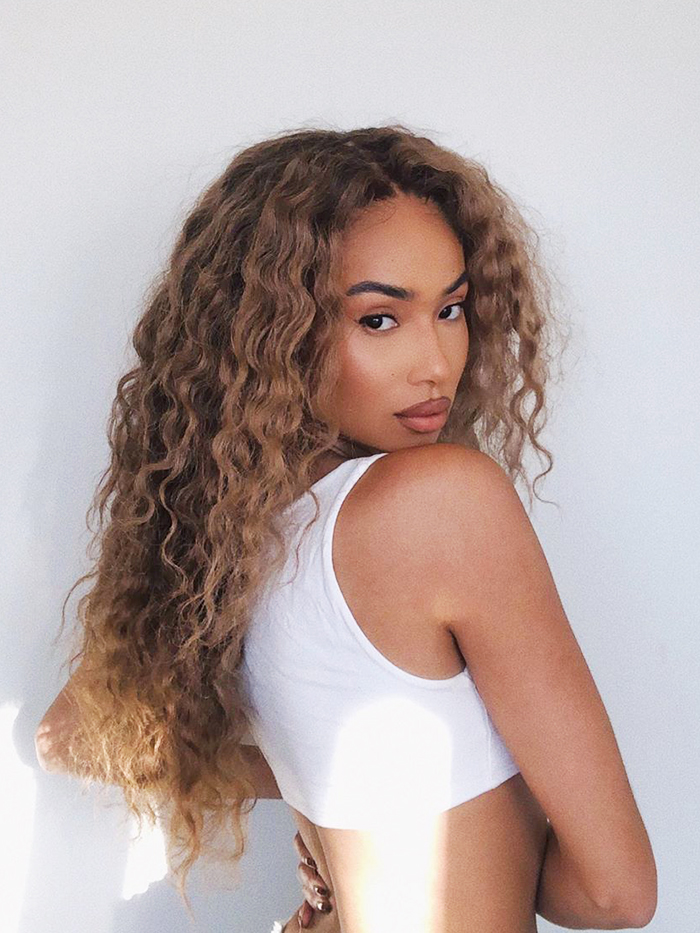
While having to deal with increased hair fallout and loss can be scary and daunting, there are some things that you can do to help. "The first thing to avoid is stress,” says George. "It can be worrying to see strands of hair on your brush or pillow, but take a moment to understand whether it is caused by breakage or if it is more visible at certain times of the year or month. Keep a close eye and do not be afraid to visit your doctor to see if there is an underlying cause.”
However, there are some at-home products that can help to prevent fallout and promote growth. George says, "Ensure you find products that will help repair the micro scars that the surface of your hair has suffered over its years. Restoring the hair’s strength and the protective outer layer will help stop hair breakage and maintain the density of your hair from root to tip.”
Not sure where to start? Keep scrolling for the hair products that actually work to strengthen hair and promote growth.
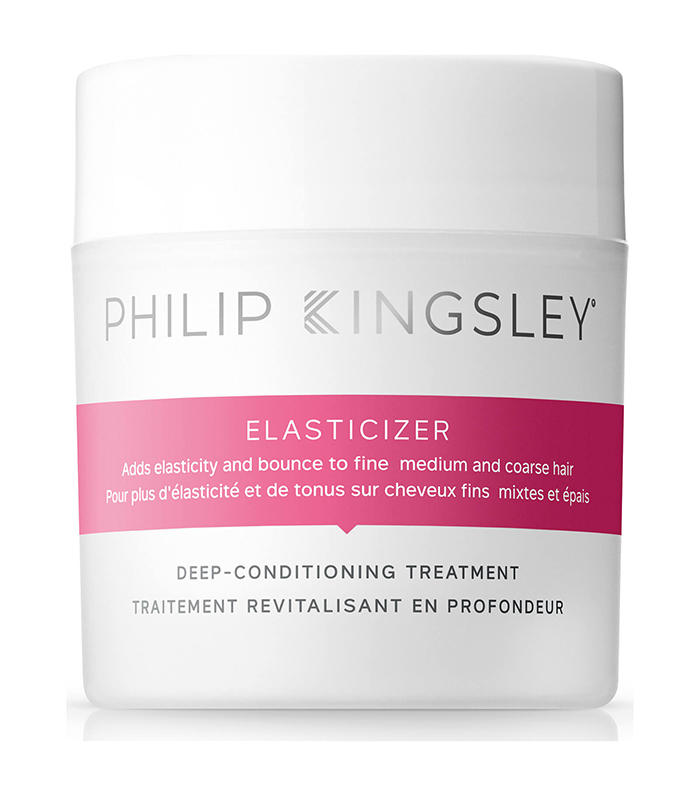
No matter what your hair issue may be, it's advisable to always give this treatment a go before you try anything else. This cult product works to increase the elasticity of the hair to help avoid breakage. Apply it all over hair before you shampoo (yes, you read that right), leave it on for 15 minutes and expect your hair to be the healthiest you've ever seen it. Honestly, if you haven't tried it, now is the time.
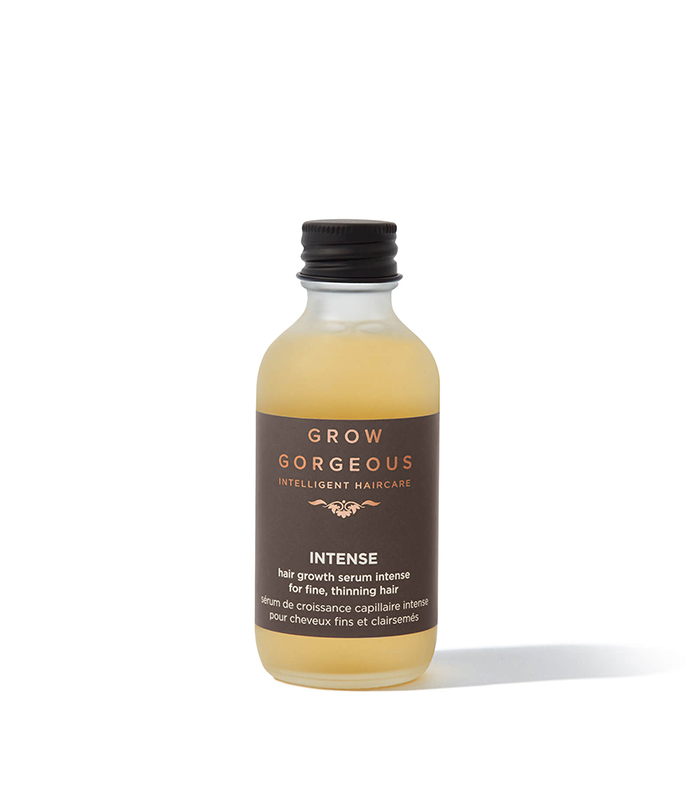
This serum works as a real all-rounder for thinning hair. Massage into the scalp every day for fuller, thicker and healthier hair. With caffeine to stimulate blood flow and red clover to encourage growth, this is considered one of the most impressive growth serums out there.

Quite possibly one of the most iconic hair products of all time, this scalp scrub works to provide the healthiest environment for your hair to grow. Use in place of your shampoo and really massage into the scalp and rinse it through lengths for a detoxed, purified scalp and hair that feels brand new.
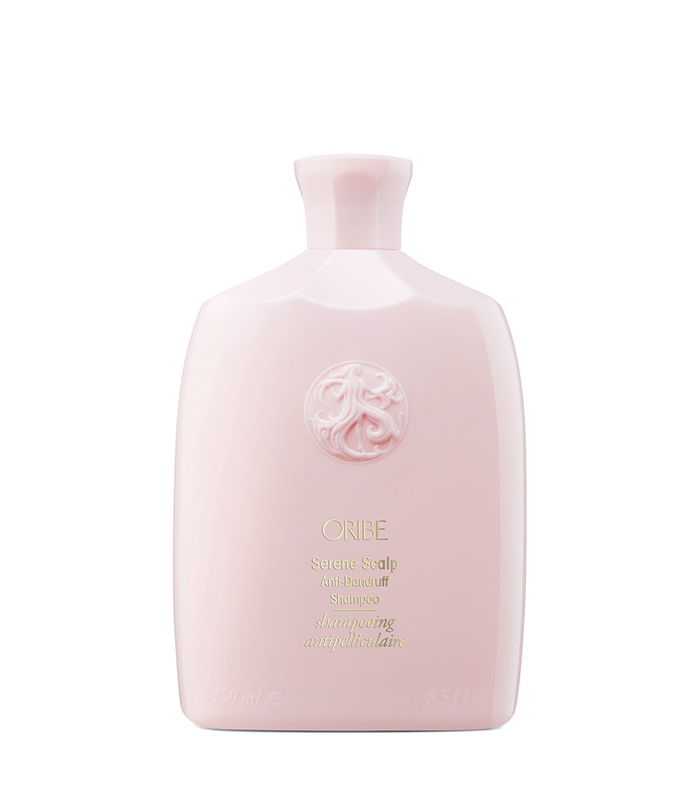
An unhealthy scalp does not make for healthy strands. If you like your haircare routine to come with added luxury, this shampoo is for you. Not only is it divine to use, but it also comes with a healthy dose of salicylic acid to rid your scalp of unhealthy dead skin without causing further dryness. It's the perfect way to take things back to basics.
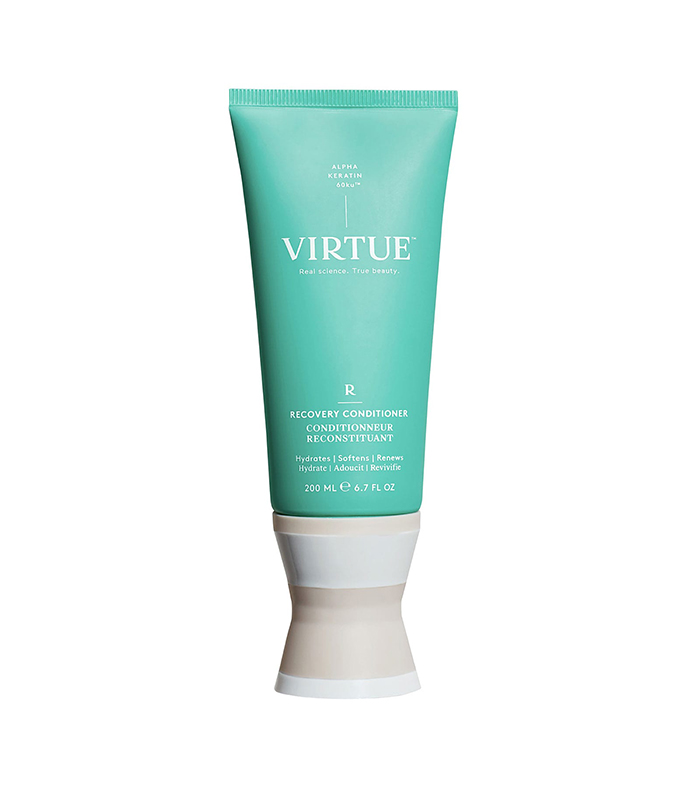
If your hair is snapping and breaking, a conditioning treatment like this one from Virtue could be just what you need. Containing pea protein to protect from heat and Virtue's signature keratin complex to help strengthen and restore, you can expect seriously strong strands after just one use.
Up next, the secret celebrity hair tips and tricks that everyone should know.

Shannon Lawlor is the beauty director atBest Knockoff Luxury Clothing UK. With over a decade of experience working for some of the beauty industry’s most esteemed titles, including Marie Claire, Glamour UK, Stylist and Refinery29, Shannon’s aim is to make the conversation around beauty as open, relatable and honest as possible. As a self-confessed lazy girl, Shannon has an affinity for hard-working perfumes, fool-proof makeup products and does-it-all skincare.
-
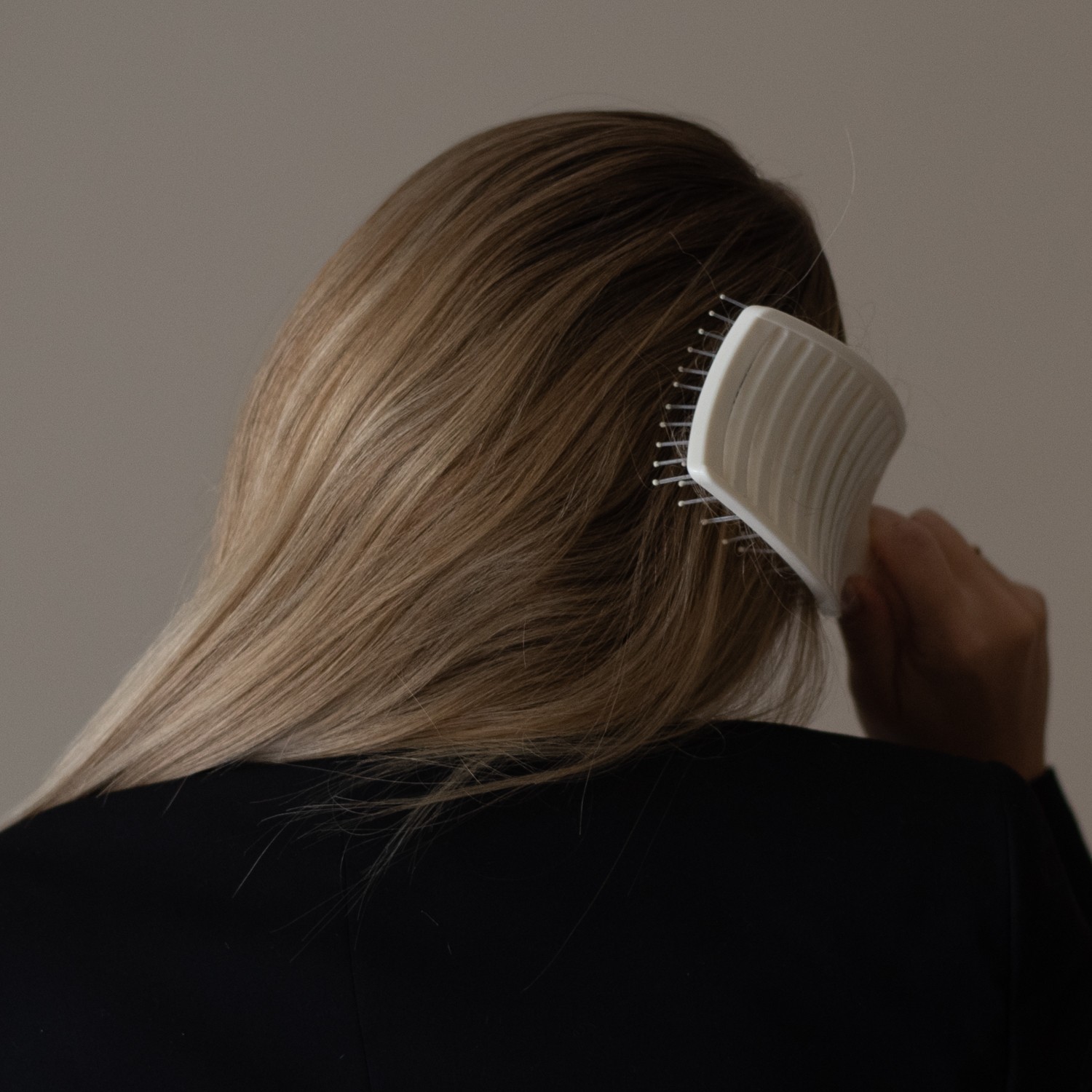 I'm a Beauty Editor With a Penchant for Glossy, "Liquid" Hair—18 Cyber Monday Deals I'm Personally Eyeing
I'm a Beauty Editor With a Penchant for Glossy, "Liquid" Hair—18 Cyber Monday Deals I'm Personally EyeingHurry—the discounts end tonight.
-
 Don't Wait—the Hair Gloss That Earns Me Countless Compliments Is Cheaper Than Ever RN
Don't Wait—the Hair Gloss That Earns Me Countless Compliments Is Cheaper Than Ever RNBRB, I'm stocking up.
-
 I Used to Straighten My Curls Religiously—These Are the Only Straighteners I'd Recommend for Curly Hair
I Used to Straighten My Curls Religiously—These Are the Only Straighteners I'd Recommend for Curly HairBecause a high-quality hair tool goes a long way.
-
 NGL, I Rolled My Eyes at the Idea of Scalp Scrubs Until *This* One Completely Transformed My Hair
NGL, I Rolled My Eyes at the Idea of Scalp Scrubs Until *This* One Completely Transformed My HairI can't go without it now.
-
 My Friends Always Ask Me How I Get My Hair So Glossy—This Shine Treatment Is the Key
My Friends Always Ask Me How I Get My Hair So Glossy—This Shine Treatment Is the KeyPlus, more glass-hair givers from $10.
-
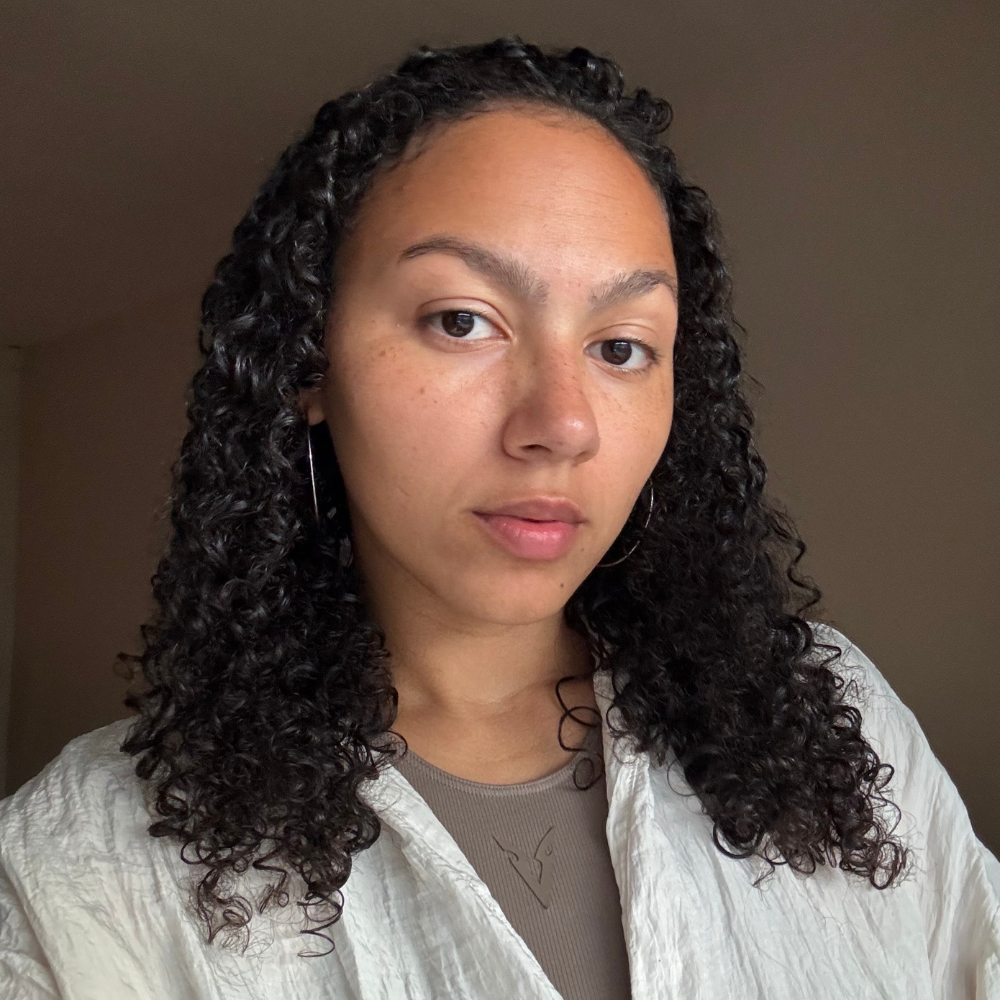 TikTok Told Me Brazil Does Curly Hair Products Better, so I Put Them to the Test
TikTok Told Me Brazil Does Curly Hair Products Better, so I Put Them to the TestSoft, defined curls at a fraction of the cost.
-
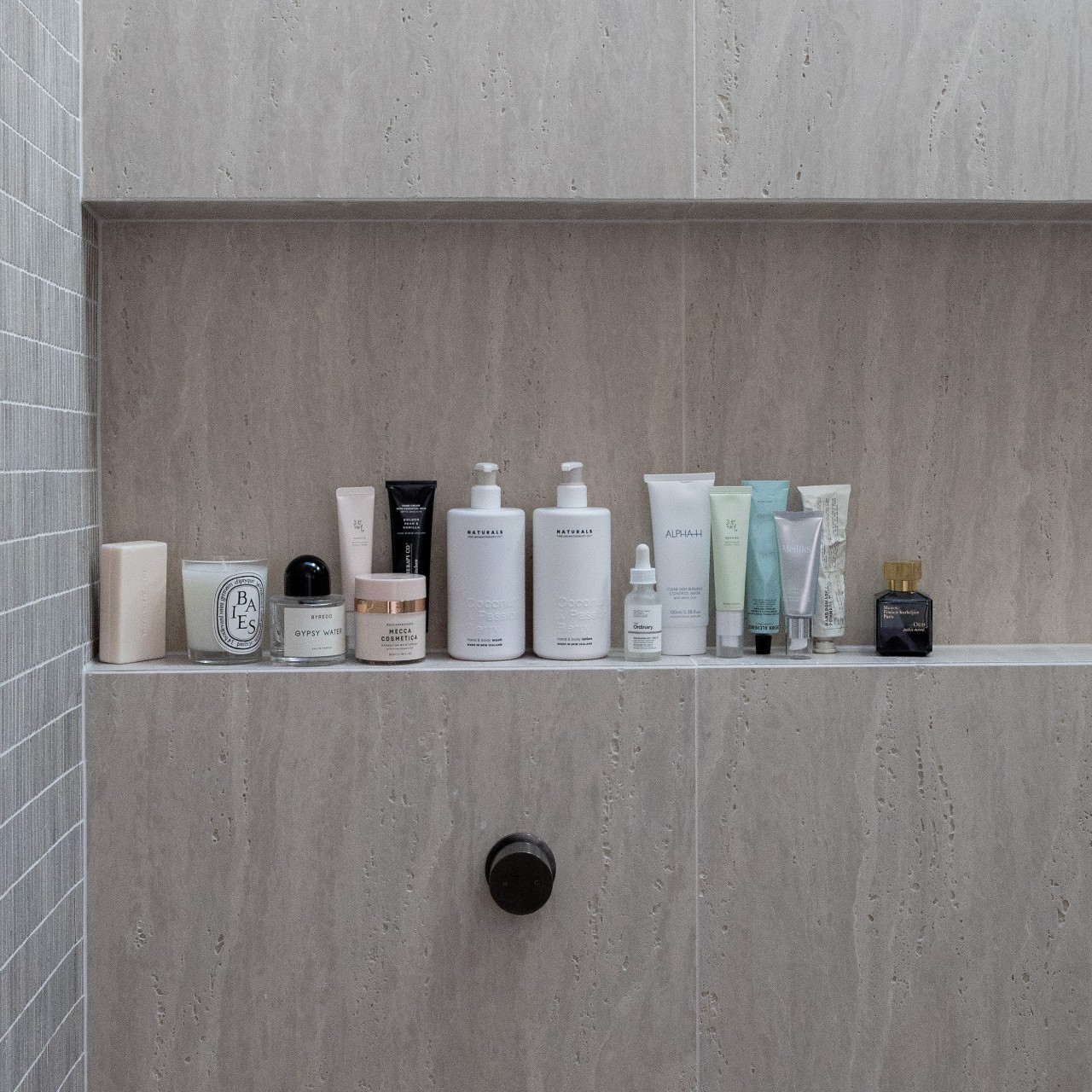 I Changed My Entire Haircare Routine for Fall—These 11 Products Actually Repaired the Summer Damage
I Changed My Entire Haircare Routine for Fall—These 11 Products Actually Repaired the Summer DamageThey've become my holy grails.
-
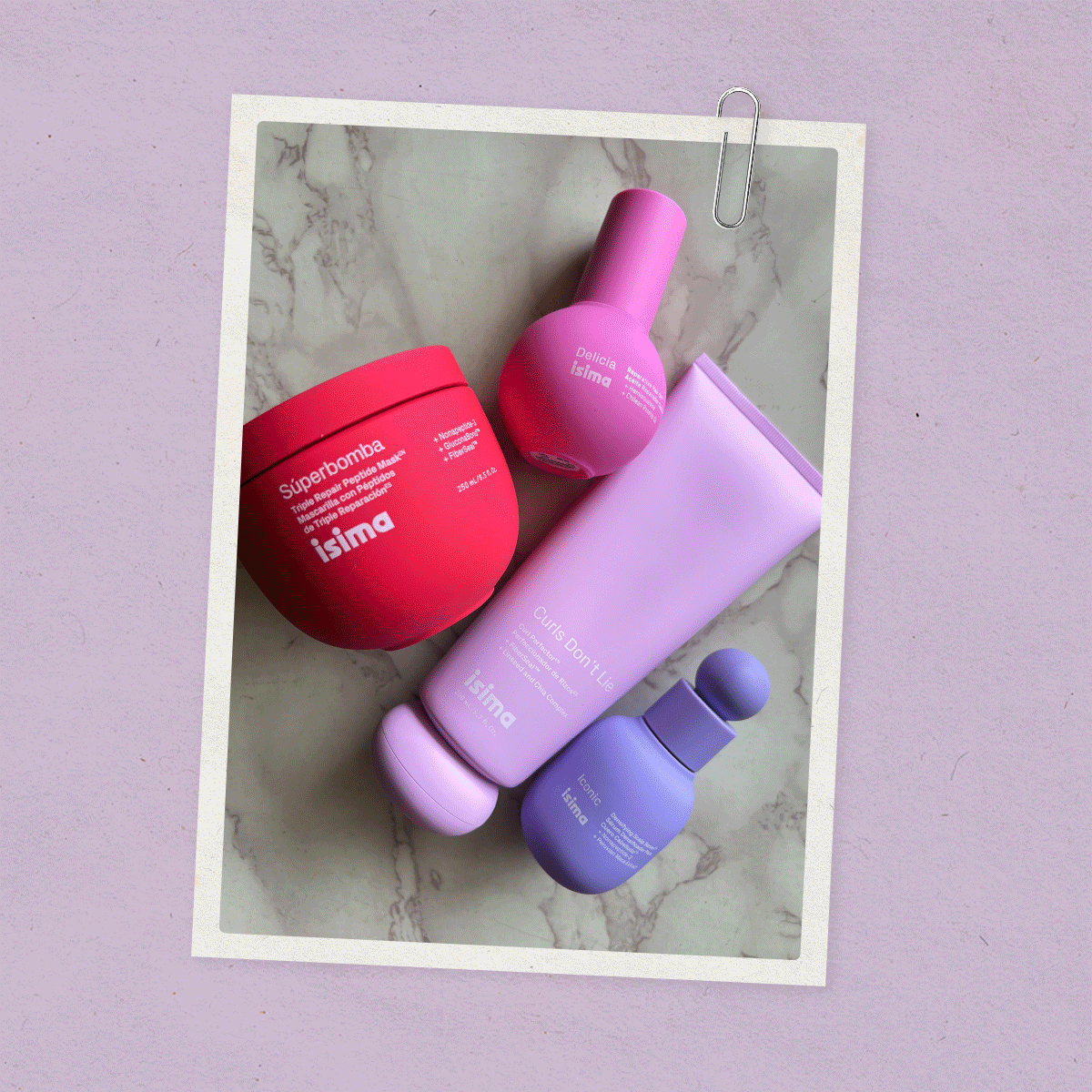 I Tried Shakira's New Haircare Line—Here's How My Curls Held Up
I Tried Shakira's New Haircare Line—Here's How My Curls Held UpIt'll leave your hair smelling amazing.
